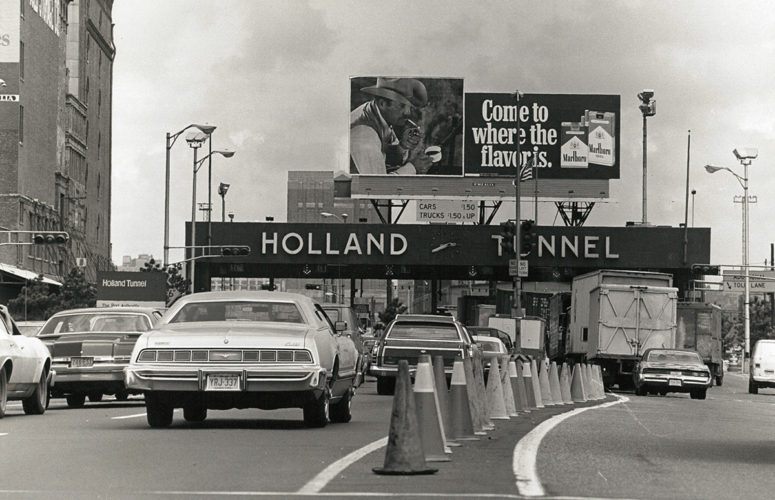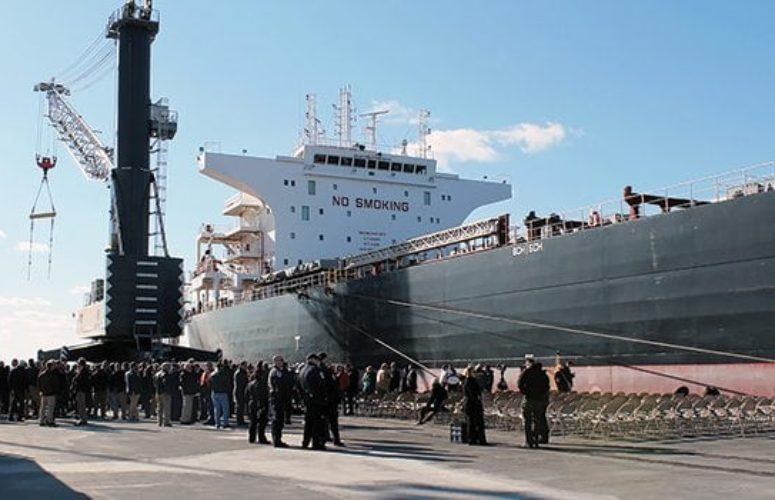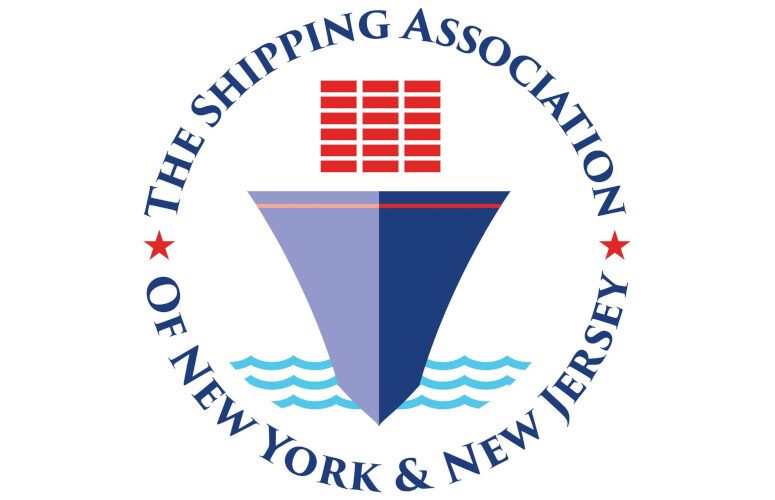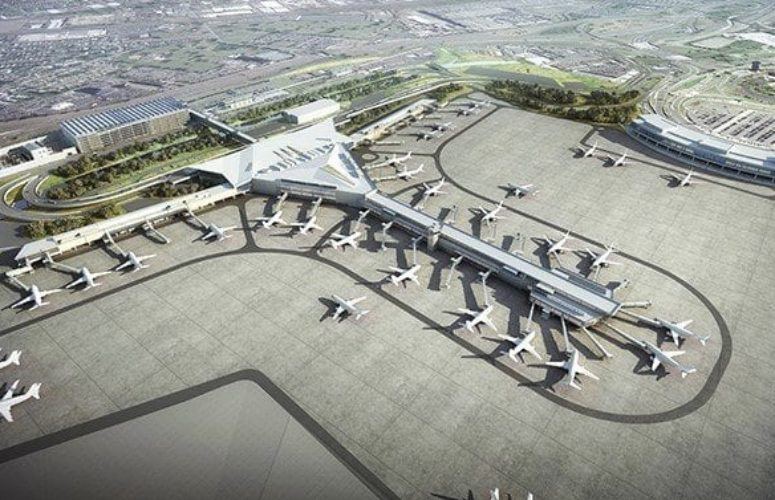
The Holland Tunnel Turns 90 Today
By By Jim Pytell, Assistant Editor On Nov 13, 2017On November 13, 1927, the Holland Tunnel – the first vehicular crossing between New York and New Jersey – was opened.
Originally known as the Hudson River Vehicular Tunnel or the Canal Street Tunnel, it was renamed the Holland Tunnel in memory of its first chief engineer, Clifford Milburn Holland, who passed away before the tunnel’s construction was fully completed.
The Holland Tunnel was the first mechanically ventilated underwater vehicular tunnel in the world, boasting an innovative system with four ventilation buildings – two on each side of the Hudson River – housing 84 fans that are capable of completely changing the air inside the tunnel every 90 seconds. This system filters out dangerous carbon monoxide gas buildup to ensure the safety of motorists inside the tunnel. Perhaps the most significant feat during the tunnels construction, the methods used to design and build the ventilation system still form the basis for the construction of many underwater vehicular tunnels throughout the world.
In 1984, because of its valuable contribution to tunnel design and construction, the Holland Tunnel was designated a National Historic Civil and Mechanical Engineering Landmark by the American Society of Civil and Mechanical Engineers. Additionally, in 1993, it was designated a National Historic Landmark by the US Department of the Interior.
The tunnel took nearly seven years to build and cost $48 million. There are 3.1 million ceiling tiles, and 2.9 million wall tiles inside the tunnel, whose north tube spans 8,558 feet, and south tube spans 8,371 feet. There are nine toll lanes that feed the tunnel, and the roadway within is 20 feet wide.
On its first day of operation, 51,694 vehicles passed through, paying a 50 cent toll per car, with tolls ranging from 25 cents for a motorcycle to two dollars for large trucks. Today, it costs $15 to cross over from New Jersey to New York City.
The Holland Tunnel is considered an integral conduit within the New York Metropolitan Area, and is operated by the Port Authority of New York and New Jersey. The entirety of the tunnel carries west-east Interstate 78, while the New Jersey section concurrently carries Route 139.
According to statistics from the Port Authority, the total eastbound traffic to cross the Holland Tunnel in 2016 was 15,365,361 vehicles. The tunnel handles more than 30 million vehicles annually.
“It is a distinct honor for all of us who work here at the Holland Tunnel to operate and maintain this remarkable 90-year old transportation facility,” says Holland Tunnel general manager, Enrique Ramirez. “We are all committed to ensuring the tunnel’s continued vitality and critical service to the region.”
Related Articles:





